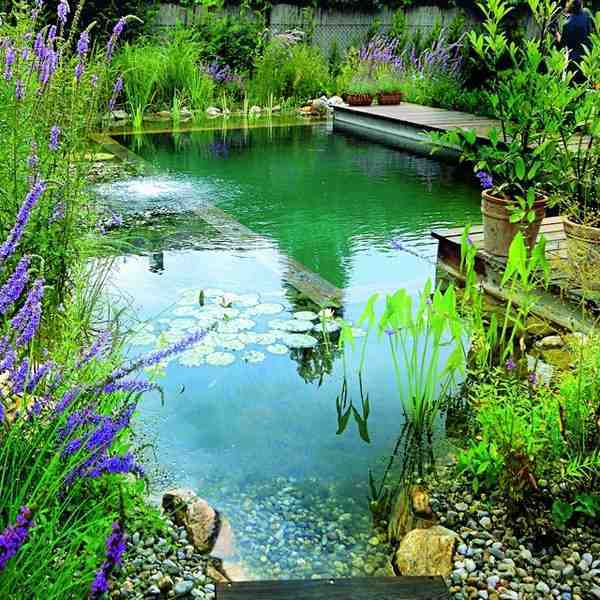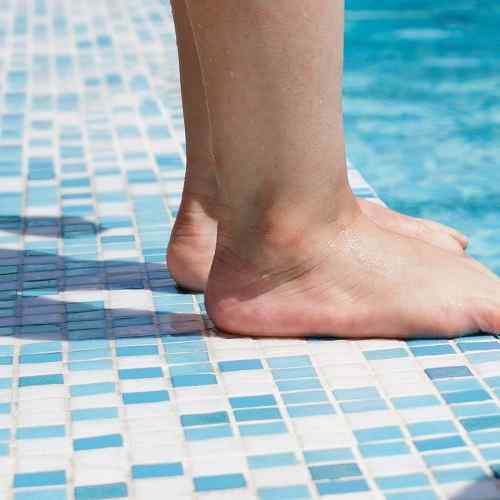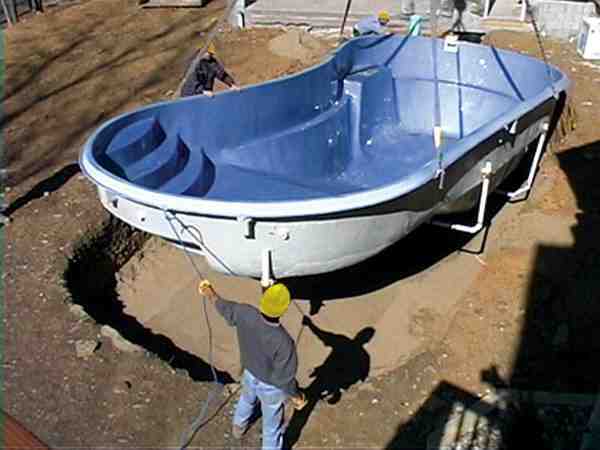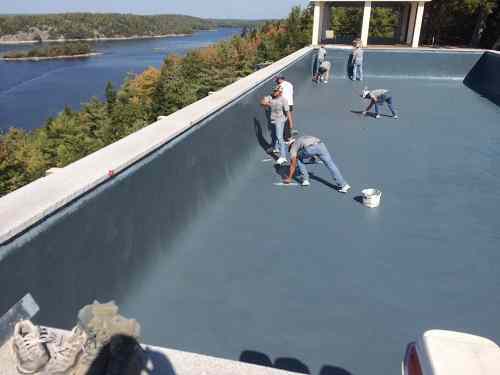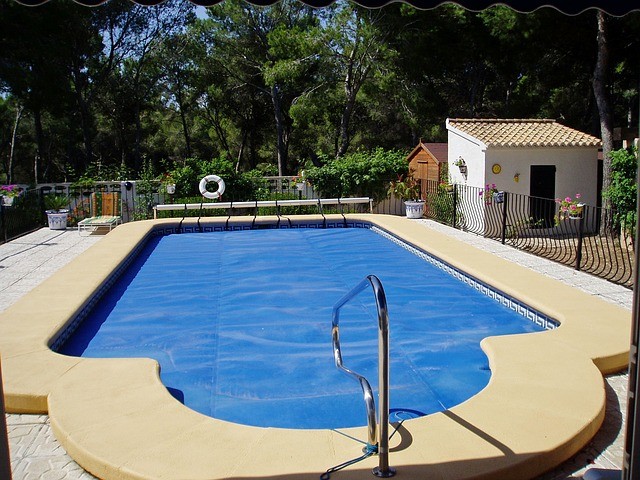
Bugs are a fast way to ruin anyone’s swimming experience. The last thing any of us want is to be swimming along peacefully only to be disturbed by a small critter sharing our water.
Typically, there are two different common types of bug that will make themselves at home in your pool. These are the backswimmer and the water boatman. Neither of these is considered harmful but encountering either one is unpleasant and backswimmers can deliver a painful bite.
Most bugs found around your pool will feed on algae but some, like the backswimmer, eat other bugs like the water boatman. Bugs that live in your pool are incapable of surviving outside of the water for long periods of time. This means that the most effective methods of getting rid of them involve removing their nesting places and their food supply. Each of the following methods is available from pest control services and will work to keep your pool free of unwanted critters.
Shock Chlorination
Chlorine is used to kill organic material in swimming pools. It works by killing algae and preventing its growth which denies most bugs their preferred food supply. To keep the pool algae-free the level of chlorine must be maintained at 1.0 to 3.0 parts per million or PPM.
The first step in this process is ensuring that the swimming pool water has a balanced pH ranging from 7.2 to 7.6. Then, the pool can be shocked, which means that the swimming pool’s chlorination level is increased by 5.0 to 10.0 PPM. The chemical will be added to 5 gallons of water and stirred thoroughly into the water until it is completely dissolved.
This mixture should be added very slowly to the pool once the sun has set ad should be poured in right in from of return line fitting. Once the shock has taken place, the pool is not suitable for swimming until the chlorination level returns to between 1.0 and 3.0 PPM.
Brushing and Vacuuming
Pool bugs cannot live in clean environments. Both their nests and their food supplies are destroyed during thorough cleaning sessions. The walls and the floor should be scrubbed thoroughly with overlapping strokes. This is complemented with specialised cleaning products that help kill off unwanted algae growth without using anything that could prove harmful to swimmers.
After the brushing has been completed, it is best to use a pool vacuum to go over the surfaces. This is because brushing will often remove dirt and algae from the walls and floor but it leaves traces behind that will regrow if left unattended. The vacuum sucks up all loose pieces so that they do not have a chance to reestablish themselves.
Algaecide
Algasecide is a specialised product that can be used to kill off algae in swimming pools where the buildup has become too much for other cleaning methods to hand effectively. Strong algae buildup occurs when other cleaning and maintenance tasks are not performed often enough.
Before Algaecide can be used, the pool should undergo a shock chlorination treatment. After the treatment is complete and the water has returned to between 1.0 and 3.0 PPM, the next step begins. The volume of Algaecide is calculated based on the pool’s total volume and added to the water, the precise measurements vary depending on the nature of the product. After about 12 hours, the chemical will have finished working and the pool can be brushed and vacuumed to get rid of the dead algae.
Pool Skimming
Dead bugs, algae, leaves and other detritus naturally accumulates on the water’s surface. If left alone, these become part of the ecosystem that encourages unwanted bugs to take up residence in and around the water. The dead material attracts living bugs which attract yet more bugs.
By skimming the surface of the water to remove any visible debris, the bugs are denied food, shelter and opportunistic places to lay their eggs. It is particularly important to skim a swimming pool after severe wind or rain as this will wash extra unwanted material and even living bugs directly into the water.
Pool Lighting
Well-placed lighting does not act as a method of cleaning a pool so much as one for slowing down the rate at which bugs will try and make it into their home. To avoid this, any lights should be placed at least 30 feet away from the pool with the beams directed towards the water.
The type of light also makes a difference. Ultraviolet mercury vapour lights attract a lot more pool pests than high-pressure sodium vapour yellow lights. Also, the less light used the better. Bigger, brighter lights attract more bugs so try and find a setup that provides enough light with the lowest wattage bulbs.
For more information on pest control services for any part of the home, check out this blog here where there is a wide variety of informational and insightful posts.
